 Recent studies suggest that sea levels are now rising at the fastest rate in the last 28 centuries. According to two reports, increased flooding in coastal communities in America can be traced directly to increased the production of greenhouse gases from human activity. The report authors say that the problem will grow far worse in coming decades. Nevertheless, the governments of some states most impacted by the rising waters are opting to deny that the problem even exists.
Recent studies suggest that sea levels are now rising at the fastest rate in the last 28 centuries. According to two reports, increased flooding in coastal communities in America can be traced directly to increased the production of greenhouse gases from human activity. The report authors say that the problem will grow far worse in coming decades. Nevertheless, the governments of some states most impacted by the rising waters are opting to deny that the problem even exists.
As reported by the New York Times: “I think we need a new way to think about most coastal flooding,” said Benjamin H. Strauss, the primary author of one of two related studies released on Monday. “It’s not the tide. It’s not the wind. It’s us. That’s true for most of the coastal floods we now experience.”

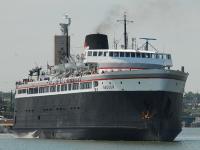 The Department of the Interior recently announced that the
The Department of the Interior recently announced that the 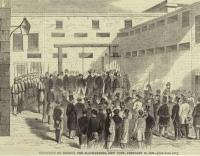
 Some folks think that those around New York City are unfriendly, which couldn’t be further from the truth. Here is a short video of a seal resting on a patch of ice in the Hudson River waving at Megan Viscovich and her co-workers who spotted the seal from their office overlooking the river in Edgewater, NJ. As reported by
Some folks think that those around New York City are unfriendly, which couldn’t be further from the truth. Here is a short video of a seal resting on a patch of ice in the Hudson River waving at Megan Viscovich and her co-workers who spotted the seal from their office overlooking the river in Edgewater, NJ. As reported by 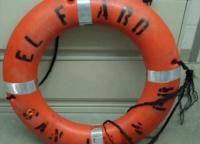 Why did Captain Michael Davidson set a course that brought his ship,
Why did Captain Michael Davidson set a course that brought his ship, 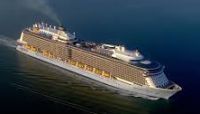 A few days after the
A few days after the 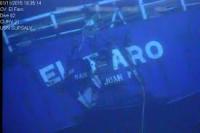 There are still almost as many questions as answers as to why the US flag ro/ro
There are still almost as many questions as answers as to why the US flag ro/ro 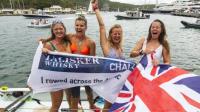






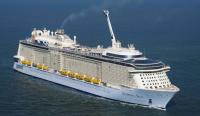 In recent years, there have been many claims made that modern cruise ships are inherently unstable and unseaworthy. Naval architects, shipyards, and regulators, have replied, “No, they are not,” but the argument continues. Recently, the Anthem of the Seas put the argument to the test. As ungainly, bulky and high-sided as she indeed is, she did rather well under terrible conditions. Here is an article I wrote for
In recent years, there have been many claims made that modern cruise ships are inherently unstable and unseaworthy. Naval architects, shipyards, and regulators, have replied, “No, they are not,” but the argument continues. Recently, the Anthem of the Seas put the argument to the test. As ungainly, bulky and high-sided as she indeed is, she did rather well under terrible conditions. Here is an article I wrote for 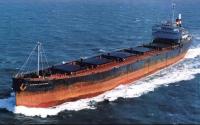 Thirty-three years ago today, on February 12, 1983, the collier
Thirty-three years ago today, on February 12, 1983, the collier 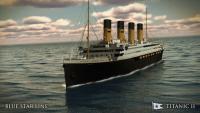 Only last June, the media were reporting the project to build a near-replica of RMS Titanic was dead. The
Only last June, the media were reporting the project to build a near-replica of RMS Titanic was dead. The 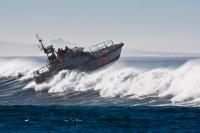
 In a
In a  We
We 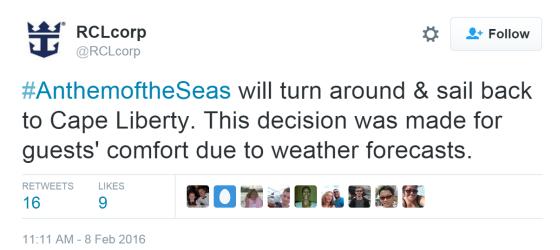
 The winter storm that struck Royal Caribbean’s
The winter storm that struck Royal Caribbean’s 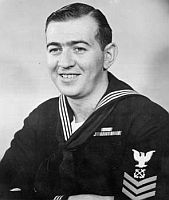 Yesterday, we posted
Yesterday, we posted  “
“